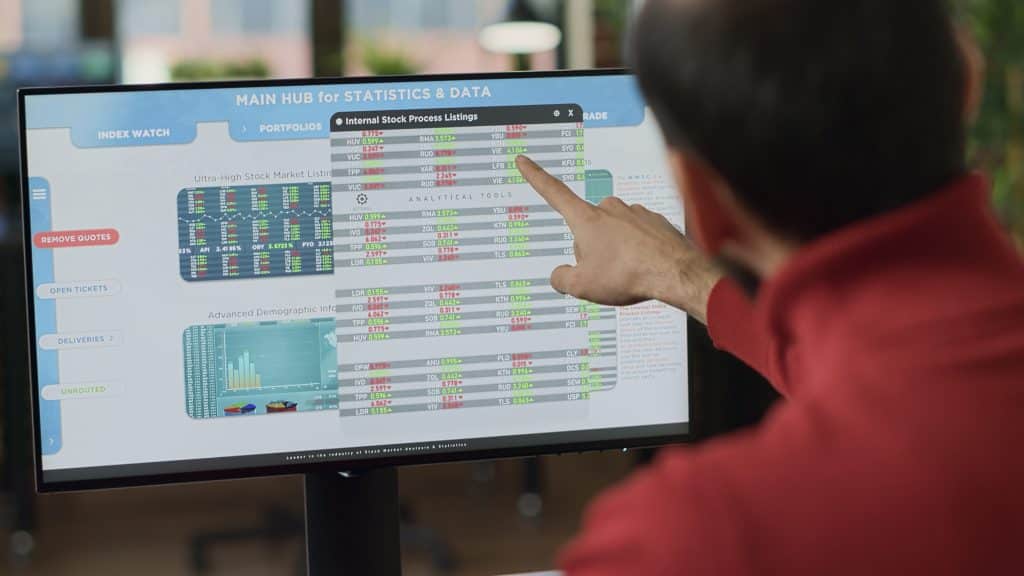The Link Between Energy and Scheduling
Emma Brooks July 14, 2025
In the productivity world, time has long reigned as the ultimate currency. But as burnout rates climb and attention spans shrink, another metric is earning attention: energy. More professionals and creatives are realizing that energy and scheduling must go hand in hand to support sustainable productivity, mental clarity, and meaningful progress.
While schedules traditionally focused on optimizing minutes, current trends suggest we should focus on optimizing moments—those windows where energy and scheduling align with intention and purpose. Here’s how this connection is reshaping the way people work and live.

Why Energy-First Scheduling Is Gaining Momentum
Energy-first scheduling means organizing your day not by tasks or deadlines, but by how you feel and function at different times. This trend is gaining traction for several reasons:
- Burnout culture has made people question rigid calendars.
- Remote work offers flexibility to try more adaptive routines.
- Wellness movements encourage aligning work with mental and physical cycles.
- Cognitive science supports that not all hours are equal in terms of focus and creativity.
Rather than squeezing work into every available hour, the focus shifts to identifying when you’re naturally most alert, focused, or creative, and assigning tasks accordingly.
What’s the Problem with Traditional Scheduling?
Most standard schedules operate on external expectations—9 to 5, back-to-back meetings, productivity blocks. While this may work structurally, it doesn’t align with how energy actually flows. Traditional scheduling often leads to:
- Energy crashes in the afternoon
- Lack of creative bandwidth in key moments
- Task-switching fatigue
- Underperformance despite long hours
Ignoring your energy leads to low-quality output, procrastination, and eventually burnout.
Understand Your Energy Rhythm
Before you can schedule around energy, you need to identify your energy patterns. These rhythms are highly personal but often follow a rough outline:
- Morning energy peaks: High focus and clarity for analytical or strategic tasks
- Midday dip: Reduced alertness, better for admin or routine work
- Late afternoon rebound: A creative or social burst
- Evening wind-down: Lower cognitive load, better for reflection or planning
Tracking your daily energy can reveal when you’re at your best—and when you’re not.
How to Track Energy (Without Overcomplicating It)
You don’t need a complicated biohacking setup to understand your rhythms. Here are simple methods:
- Keep a daily log of your energy at 2-3 hour intervals.
- Use color coding: green for high energy, yellow for moderate, red for low.
- Note down what tasks you did during those blocks—and how they felt.
Do this for one week, and patterns will start to emerge.
Building an Energy-Based Schedule
Once you’ve spotted your patterns, build your day around them. Start with this framework:
1. Protect High-Energy Windows
Identify your peak zones and use them for deep work—writing, strategy, problem-solving. Avoid meetings or admin work during this time.
2. Use Low-Energy Blocks Strategically
Reserve repetitive or routine tasks (like checking email or updating spreadsheets) for your natural slumps. These moments don’t demand creativity, so don’t waste peak energy here.
3. Build in Recharge Time
Add recovery activities like walking, stretching, or short naps. Energy needs maintenance. Breaks aren’t a luxury; they’re fuel.
4. Theme Your Days
Some people schedule whole days around their energy. For example:
- Monday: strategy and vision
- Tuesday: meetings and collaboration
- Wednesday: deep solo work
- Thursday: creative projects
- Friday: planning and review
This reduces decision fatigue and honors recurring energy trends.
Energy and Task Matching
Certain tasks demand different types of energy. Try pairing them accordingly:
| Task Type | Energy Needed | Ideal Time |
|---|---|---|
| Creative writing | High focus | Morning or late night |
| Admin tasks | Low effort | Post-lunch slump |
| Team meetings | Social energy | Mid-morning or mid-afternoon |
| Strategic planning | Deep clarity | Early morning or post-exercise |
Your schedule should be a support system for your biology, not a battle against it.
When Energy Scheduling Gets Hard
Even with good intentions, energy-first scheduling isn’t always easy:
- Unexpected tasks throw off your rhythm.
- Collaborative work might not align with your peak zones.
- Personal responsibilities like caregiving or commuting can compress your day.
Still, small shifts help. Even protecting one daily peak-energy block can dramatically improve outcomes.
Emerging Trend: The Rise of “Energy Mapping” Tools
More people are turning to tech tools that track energy and mood:
- Wearables that sync with calendars to flag fatigue
- Journaling apps that prompt you to log feelings and focus
- Scheduling tools that adjust meetings based on energy insights
This signals a shift from time-maximization to energy optimization, a change that respects human capacity, not just availability.
The Link Between Energy and Scheduling in Team Culture
Businesses are catching on, too. Some progressive teams are:
- Redesigning workweeks around energy (e.g., no meetings before 10 a.m.)
- Offering “deep work hours” with no interruptions
- Using shared energy logs for better collaboration planning
The result? Less burnout, better outcomes, and a work culture that actually works.
How to Transition from Time-Based to Energy-Based Scheduling
Shifting from traditional time-based scheduling to energy-based planning isn’t an overnight change—it requires awareness, experimentation, and honest reflection. Here’s how to start making that transition effectively:
1. Audit Your Energy
Begin by tracking your energy levels throughout the day for a week. Use a simple 1–5 scale and jot down how you feel every 2–3 hours. Pay attention to when you feel naturally focused, creative, tired, or distracted.
2. Identify Task-Energy Matches
Match different types of work to your energy peaks and dips:
- High-energy windows are great for deep focus tasks like writing, strategic thinking, or creative work.
- Low-energy times are better suited for routine admin, inbox cleanup, or meetings.
This alignment prevents burnout and increases output quality.
3. Block Energy, Not Just Time
Instead of only using time blocks (e.g., “work on Project A from 9–11”), add energy tags like “focus block” or “creative time.” This builds in more flexibility and respects your internal rhythm, not just the clock.
4. Communicate with Your Team
If you work with others, clarify when you’re most and least available for collaboration. This creates mutual respect for everyone’s productivity windows and reduces unnecessary friction.
5. Adjust and Iterate
Energy management is dynamic. Factors like sleep, stress, diet, and even weather can impact your flow. Check in weekly, refine your system, and don’t be afraid to make small changes.
Conclusion
The link between energy and scheduling is more than a productivity hack—it’s a mindset shift. It respects that we are not machines operating on fixed timers, but humans with biological rhythms, moods, and mental states that ebb and flow.
By syncing our tasks with our natural energy, we do more of what matters, with less mental drag. Whether you’re a solo freelancer or part of a fast-paced team, honoring your energy can make your schedule feel less like a trap—and more like a tool.
Source
- Harvard Business Review – Ideal Work Schedule, as Determined by Circadian Rhythms
- The Content Wrangler – Maximizing Productivity: The Neuroscience of Scheduling Tasks – https://www.thecontentwrangler.com
- Ignitec Insights – Wearable Tech Boosts Productivity https://www.ignitec.com





